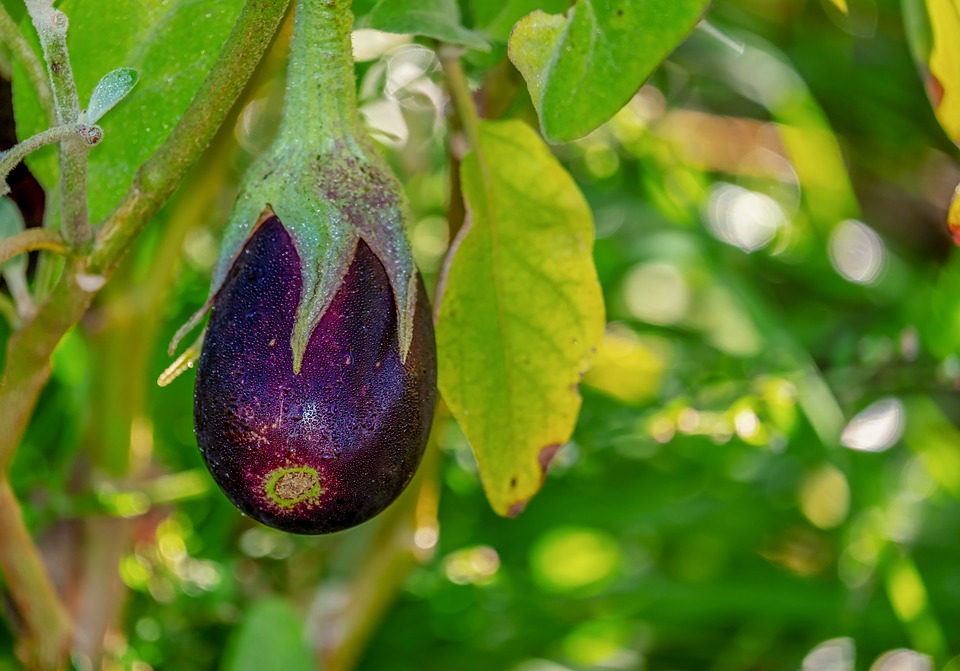Detox: five green detox smoothies to choose from
Today we will talk about delicious, healthy drinks for lovers of green juices.
Refreshing smoothie:
Looking for a light and refreshing low-sugar drink? Green smoothies are perfect. Drink a cocktail before a workout to recharge your batteries with the energy of electrolytes contained in coconut water and replenish your body with green minerals.
Ingredients:
• 1 ½ tbsp. coconut water;
• ½ tbsp. cabbage;
• ½ tsp of spinach;
• ½ tbsp. romaine lettuce;
• ½ peeled lime;
• leaves of 2 sprigs of mint.
• 1 ½ tbsp. coconut water;
• ½ tbsp. cabbage;
• ½ tsp of spinach;
• ½ tbsp. romaine lettuce;
• ½ peeled lime;
• leaves of 2 sprigs of mint.
Add ingredients to the blender and mix well.
Green blissful power:
When going through a detox, it is also necessary to take healthy fats, protein and fiber to our diet. Along with detox drinks take pea protein for better protein absorption. Chia seeds in a green smoothie will provide the body with fiber – for tonus. Coconut and pear will add some flavor to the drink.
Ingredients:
• 1 tbsp. almond milk;
• ½ pear;
• ¼ peeled avocado;
• 1 tsp spinach;
• ¼ Art. coconut water;
• 1 tsp. chia seeds;
• 1 tbsp of pea / hemp / brown rice protein powder;
• 1 l clean water.
• 1 tbsp. almond milk;
• ½ pear;
• ¼ peeled avocado;
• 1 tsp spinach;
• ¼ Art. coconut water;
• 1 tsp. chia seeds;
• 1 tbsp of pea / hemp / brown rice protein powder;
• 1 l clean water.
Mix all ingredients except the water until smooth. Then place in a blender and cover with the water. Mix until the smoothie reaches the desired consistency.
Green juice:
A powerful anti-inflammatory drink, filled with antioxidants beta-carotene and vitamin C. Relieves pain in aching joints and stimulates the immune system during the cold and flu season.
Ingredients:
• 2 oranges or 1 tbsp. fresh orange juice;
• 1 carrot;
• 1 fresh ginger root;
• 1 slice of fresh turmeric or ¼ tsp. turmeric powder;
• ½ peeled lemon;
• 1 tbsp. l raw honey;
• 1 tbsp. or 4 sheets of Romaine lettuce.
• 2 oranges or 1 tbsp. fresh orange juice;
• 1 carrot;
• 1 fresh ginger root;
• 1 slice of fresh turmeric or ¼ tsp. turmeric powder;
• ½ peeled lemon;
• 1 tbsp. l raw honey;
• 1 tbsp. or 4 sheets of Romaine lettuce.
Start with squeezing the oranges to get 1 glass of orange juice. Add the juice and the remaining ingredients to the blender and mix well until the mass is smooth. Serve at room temperature or add a couple of ice cubes.
Green celebration:
Free of sugary fruit, this drink refreshes and cleanses the body.
Ingredients:
• 1 ½ tbsp. water;
• 1 celery stalk;
• ½ cucumber;
• ½ avocado;
• 1 tbsp. or 4 sheets of Romaine lettuce;
• ⅓ h. Parsley;
• ½ peeled lemon;
• pinch of sea salt.
Ingredients:
• 1 ½ tbsp. water;
• 1 celery stalk;
• ½ cucumber;
• ½ avocado;
• 1 tbsp. or 4 sheets of Romaine lettuce;
• ⅓ h. Parsley;
• ½ peeled lemon;
• pinch of sea salt.
Put the ingredients in a blender and mix.



